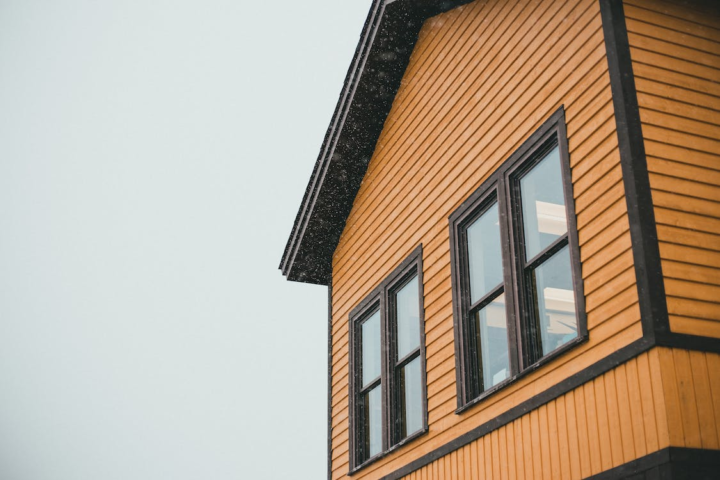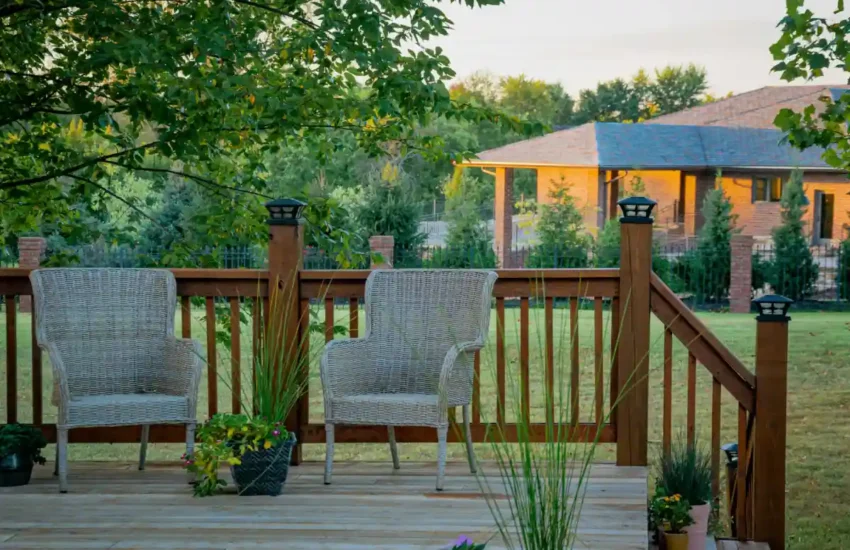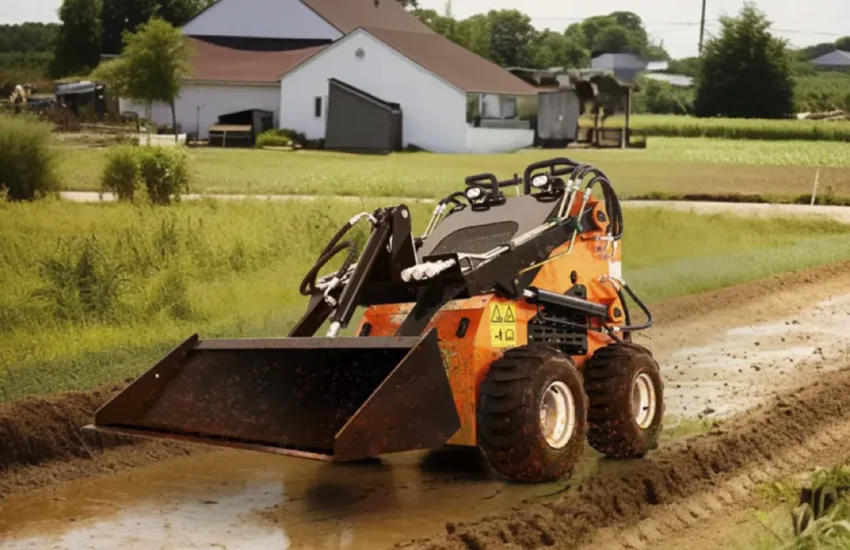Things You Need To Consider Before Replacing Your Siding
As homeowners, we often underestimate the importance of our home’s siding. Yet, according to the US Department of Energy, proper siding can greatly increase a home’s energy efficiency, potentially saving homeowners up to 20% on energy bills.
Moreover, good sidings don’t just offer economic benefits; they also play a crucial role in protecting your home from adverse weather, maintaining the structural integrity of the walls, and enhancing your home’s overall curb appeal. With this vast array of benefits, it’s imperative that homeowners give serious thought to choosing the right siding when the time comes for replacement.

Material
The type of material you choose will significantly impact the durability, maintenance, and overall appearance of your siding. Options include vinyl, fiber cement, wood, and metal, each with its own pros and cons. Furthermore, doing this on your own will require some skills since the installation process for each material can vary significantly.
On the other hand, hiring siding installation experts, that can not only tackle the process but advise you on the best material for your home, might be a more viable option. Granted, it may be more expensive, but it guarantees a quality and lasting outcome. Especially, in the long run where potential issues may occur due to human error.
Cost
Your budget will play a significant role in the type of siding you can afford. Remember to factor in the cost of the material, installation, and future maintenance. For example, while wood siding may cost less initially, it requires regular maintenance to prevent rot and insect infestation. In contrast, vinyl siding is relatively low maintenance but may have a higher upfront cost.
Conduct thorough research and consider all costs before making a decision. In some cases, the higher initial costs may be worth it in the long run due to lower maintenance and repair expenses. On average, homeowners should budget between $5,000 to $14,050 for siding replacement, without factoring in any additional costs.
Energy Efficiency
The R-value of the siding material is an important consideration. It measures the energy efficiency of the material; the higher the R-value, the better insulation it provides. This is particularly important in regions with extreme weather conditions, as it can greatly impact energy bills. Keep in mind that materials such as wood and fiber cement have a higher R-value compared to vinyl or metal.
Additionally, some siding options come with additional insulation layers for improved energy efficiency. In the long run, investing in a higher R-value siding may result in substantial energy savings and offset the initial cost.
Aesthetics
Your siding contributes significantly to your home’s curb appeal. Choose a color and style that complements your home’s architecture and fits in with the surrounding neighborhood. Consider the overall aesthetics of your home, including your roof, windows, and landscaping.
Opting for a material with different color and design options can add character and personality to your home. Keep in mind that siding is a long-term investment, so choose something that you will be happy with for years to come. The right siding can enhance the appearance and value of your home, so it’s essential to choose wisely.
Maintenance
Different siding materials require different levels of maintenance. Some require regular painting or staining, while others are resistant to weather and insect damage and require minimal upkeep. Consider your lifestyle and how much time and effort you are willing to put into maintaining your siding.
This is especially important for wood siding, which requires regular upkeep to prevent rot and insect infestation. On the other hand, vinyl or fiber cement may only require occasional cleaning or repairs. Choose a material that fits your maintenance preferences and capabilities. Of course, hiring a professional for regular maintenance can also be an option.
Durability
Consider the climate in your area. If you live in an area prone to high winds, heavy rains, or hail, you’ll need a durable siding material that can withstand these conditions. Vinyl, for example, is highly weather-resistant and can withstand most climates.
On the other hand, wood may not be the best choice in areas with high humidity or heavy precipitation as it is susceptible to rot and mold. Research the durability of each material and choose one that is suitable for your home’s specific location. From extreme weather conditions to wear and tear over time, choosing a durable siding material is crucial for the long-term maintenance of your home.
Before replacing your siding, take into consideration these factors and do thorough research to ensure you make an informed decision that suits your budget, needs, and preferences. With the right siding material, you can improve your home’s energy efficiency, enhance its appearance, and protect it from external elements for years to come. Don’t underestimate the importance of choosing the right siding; it is a long-term investment in your home’s overall well-being.


